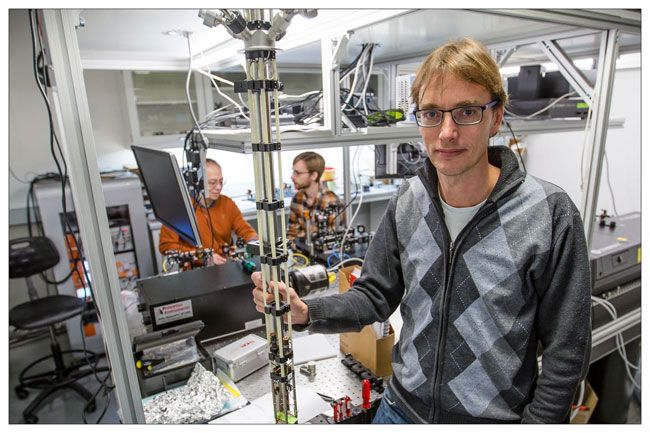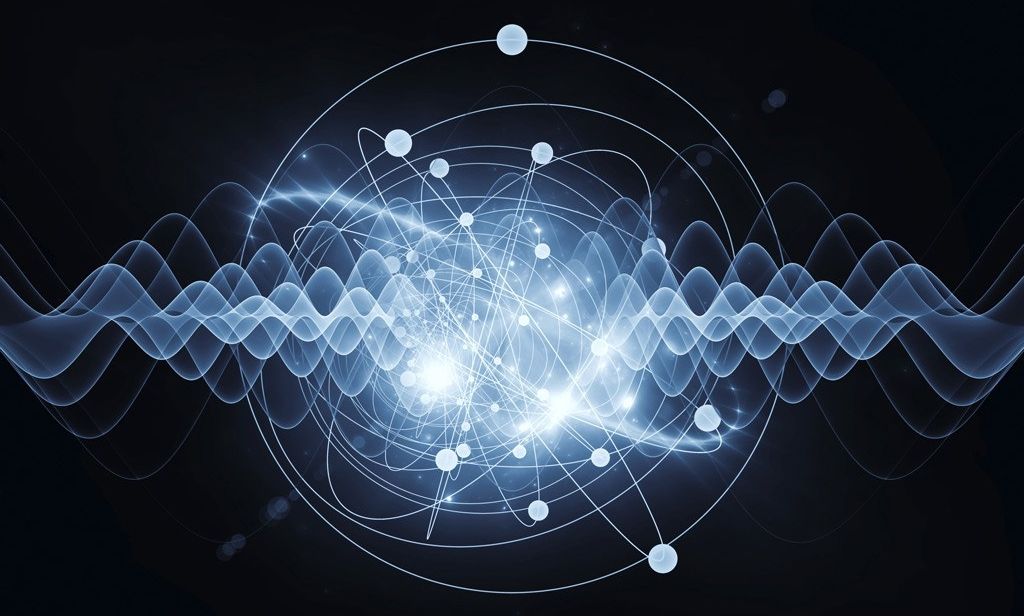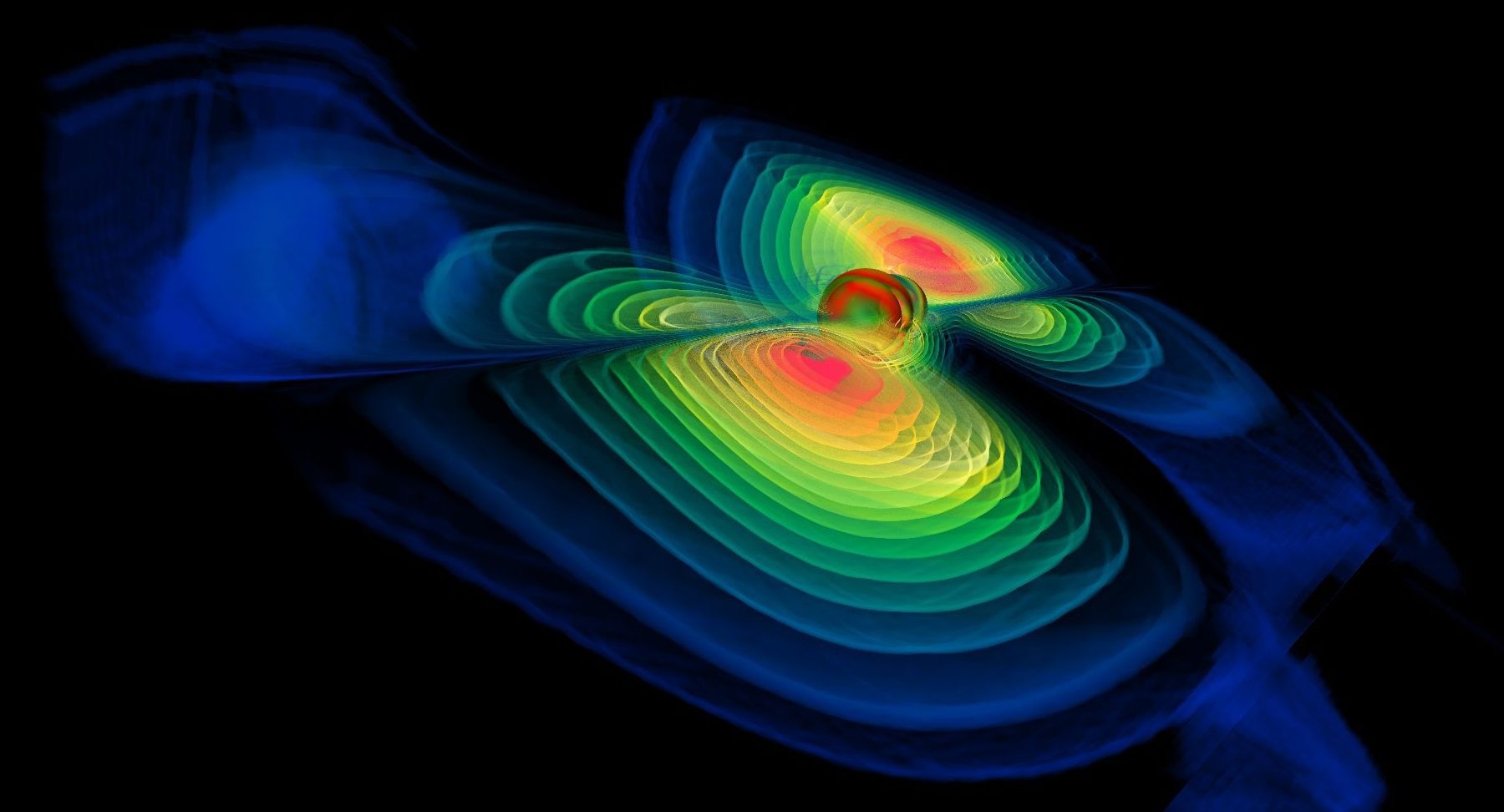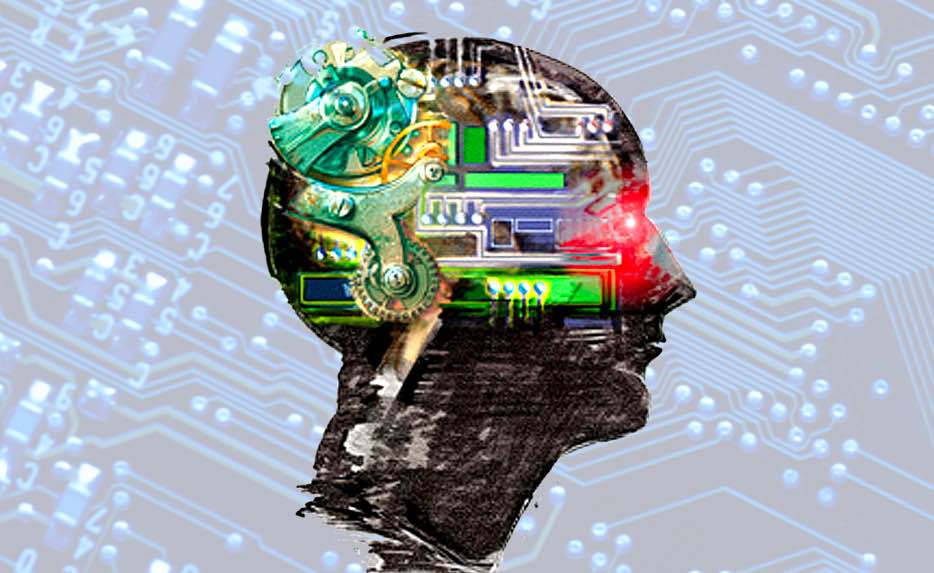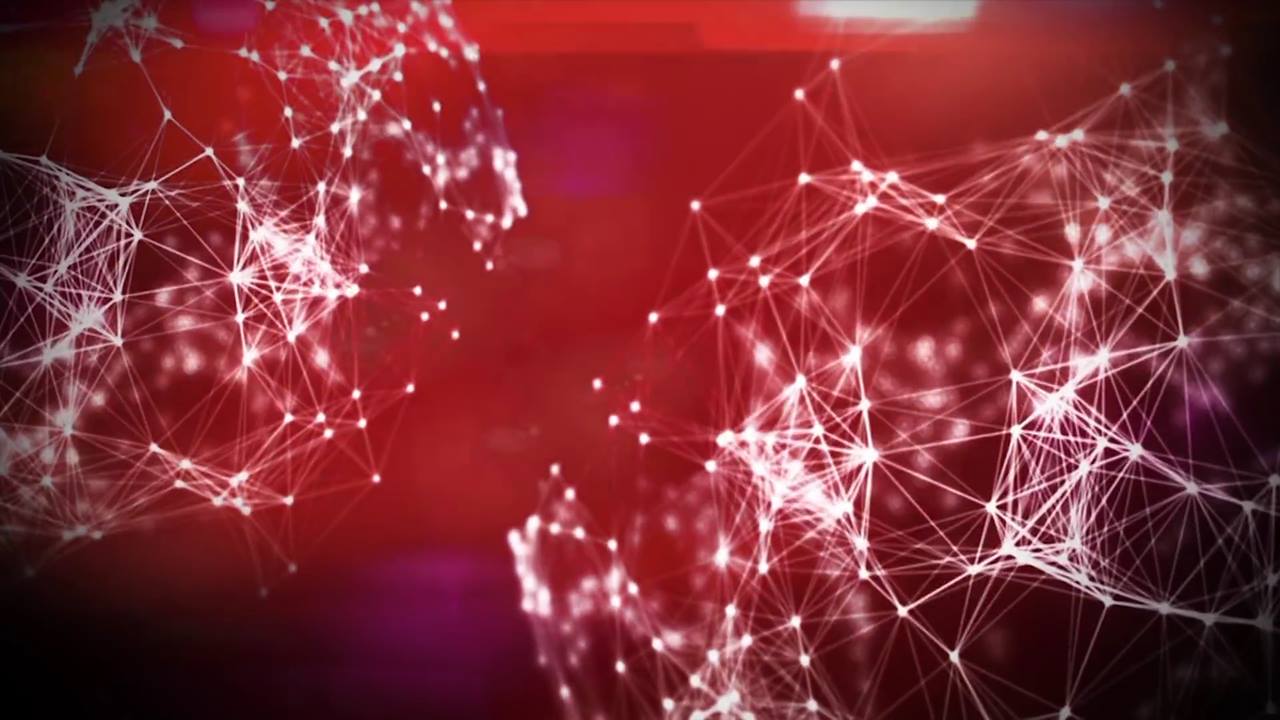Page 10516
Feb 21, 2017
NSCI Seminar: Quantum Applications and Microsoft’s unique approach to Quantum Computing
Posted by Karen Hurst in categories: chemistry, engineering, quantum physics, robotics/AI
Sharing in case folks would like to listen in.
Microsoft’s Station Q was founded in 2006. The focus of the team has always been topological quantum computing. By taking a full systems architecture approach, we have reached the point where we now able to start engineering a scalable quantum computer. The goal is to be able to solve major problems in areas of interest (e.g., Chemistry, Materials and Machine Learning). This talk will focus on the types of applications that we will be trying to solve as well as the unique approach to quantum computation that we’ve developed. For reference, see:
Current Approach: https://arxiv.org/abs/1610.05289 Chemistry Application: https://arxiv.org/abs/1605.03590 Other papers: https://arxiv.org/find/all/1/all:+wecker_d/0/1/0/all/0/1
Feb 21, 2017
Quantum Entanglement is Just as Einstein Predicted
Posted by Karen Hurst in categories: particle physics, quantum physics
I never doubt the theory.
We owe a lot to Einstein, and this week physicists have confirmed another of his theories by unraveling and proving that quantum entanglement does in fact exist. Under the standard quantum theory, nothing has a definitive state until it’s measured, and when two particles interact they become entangled. Being entangled means no longer do the particles have their probabilities but one that includes both particles together. Even though two photons become entangled, they can still travel light years apart from each other, but they will always remain linked.
Feb 21, 2017
Thanks to LIGO We Can Now Produce Our Very Own Gravitational Waves
Posted by Karen Hurst in category: physics
It was a great moment for physicists and scientists around the world in 2016 when one of the greatest ever scientific discoveries was announced. Although technically the first gravitational waves were detected in 2015, it wasn’t until further detections were made in 2016 that scientists finally conceded they did exist and that Albert Einstein’s theory of relativity could finally be proved. Following on from that, scientists also discovered that as well as a great detector LIGO is the best producer of gravitational waves.
Feb 21, 2017
Shell-Dependent Photoluminescence Studies Provide Mechanistic Insights into the Off-Grey-On Transitions of Blinking Quantum Dots
Posted by Karen Hurst in categories: materials, quantum physics
The majority of quantum dot (QD) blinking studies have used a model of switching between two distinct fluorescence intensity levels, “on” and “off”. However, a distinct intermediate intensity level has been identified in some recent reports – a so-called “grey” or “dim” state, which has brought this binary model into question. While this grey state has been proposed to result from the formation of a trion, it is still unclear under which conditions it is present in a QD. By performing shell-dependent blinking studies on CdSe QDs, we report that the populations of the grey state and the on state are strongly dependent on both the shell material and its thickness. We found that adding a ZnS shell did not result in a significant population of the grey state. Using ZnSe as the shell material resulted in a slightly higher population of the grey state, although it was still poorly resolved. However, adding a CdS shell resulted in the population of a grey state, which depended strongly on its thickness up to 5 ML. Interestingly, while the frequency of transitions to and from the grey state showed a very strong dependence on CdS shell thickness, the brightness of and the dwell time in the grey state did not. Moreover, we found that the grey state acts as an on-pathway intermediate state between on and off states, with the thickness of the shell determining the transition probability between them. We also identified two types of blinking behavior in QDs, one that showed long-lived but lower intensity on states and another that showed short-lived but brighter on states that also depended on the shell thickness. Intensity-resolved single QD fluorescence lifetime analysis was used to identify the relationship between the various exciton decay pathways and the resulting intensity levels. We used this data to propose a model in which multiple on, grey and off states exist whose equilibrium populations vary with time that give rise to the various intensity levels of single QDs, and which depends on shell composition and thickness.
View: PDF | PDF w/ Links.
Feb 21, 2017
A.I. Machines Are Learning Quantum Physics And Solving Complex Problems On Their Own
Posted by Karen Hurst in categories: particle physics, quantum physics, robotics/AI, supercomputing
In the past, traditional methods to understand the behavior of quantum interacting systems have worked well, but there are still many unsolved problems. To solve them, Giuseppe Carleo of ETH Zurich, Switzerland, used machine learning to form a variational approach to the quantum many-body problem.
Before digging deeper, let me tell you a little about the many-body problem. It deals with the difficulty of analyzing “multiple nontrivial relationships encoded in the exponential complexity of the many-body wave function.” In simpler language, it’s the study of interactions between many quantum particles.
If we take a look at our current computing power, modeling a wave function will need lot more powerful supercomputers. But, according to Carleo, the neural networks are pretty good at generalizing. Hence, they need only limited information to infer something. So, fiddling with this idea, Carleo and Matthias Troyer created a simple neural network to reconstruct such multi-body wave function.
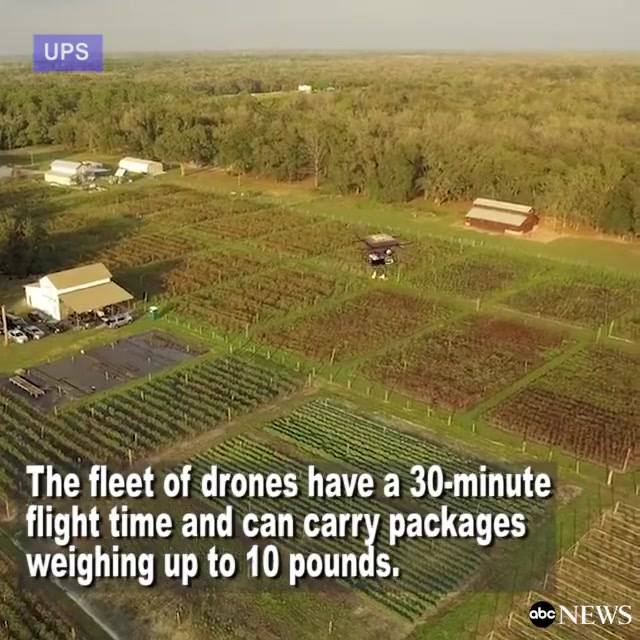
UPS has successfully tested a drone that launches from the top of a UPS truck and autonomously delivers packages. http://abcn.ws/2lsyjjM
Feb 21, 2017
NASA announces Wed. news conference on ‘discovery beyond our solar system’
Posted by Sean Brazell in categories: alien life, information science, physics
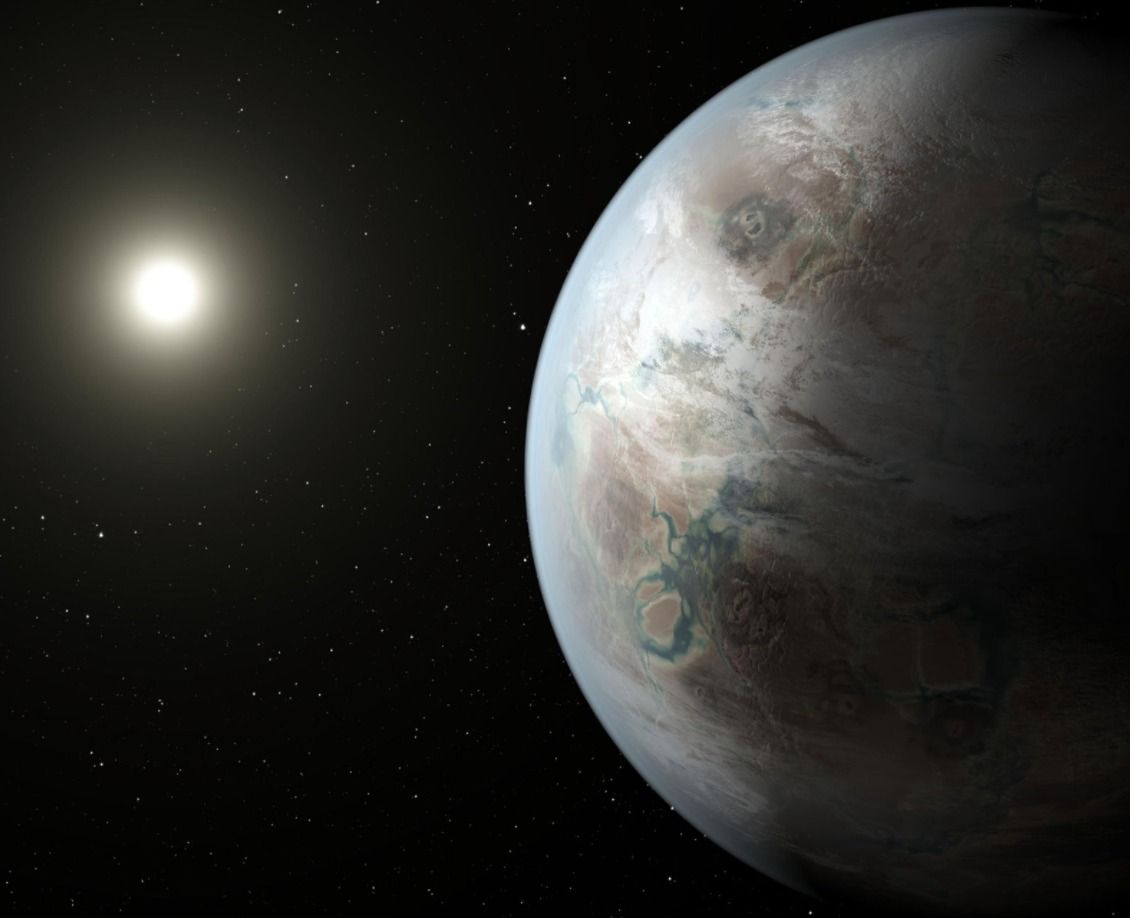
Interestingly, Seager, who studies bio signatures in exoplanet atmospheres, has suggested that two inhabited planets could reasonably turn up during the next decade, based on her modified version of the Drake equation, Space.com notes. Her equation focuses on the search for planets with biosignature gases — gases produced by life that can accumulate in a planet atmosphere to levels that can be detected with remote space telescopes.

Continue reading “NASA announces Wed. news conference on ‘discovery beyond our solar system’” »
Feb 21, 2017
Consciousness Is A Pattern : Max Tegmark
Posted by Shailesh Prasad in category: neuroscience
Feb 21, 2017
The universe is about to get a little more crowded with planets
Posted by Sean Brazell in category: alien life
We may be about to meet some strange new worlds beyond our solar system.
NASA will hold a news conference Wednesday to make an announcement on exoplanets, planets that orbit a star other than our own sun. You can tune in at 1 p.m. ET and stick around for a Reddit Q&A with the researchers at 3 pm.
